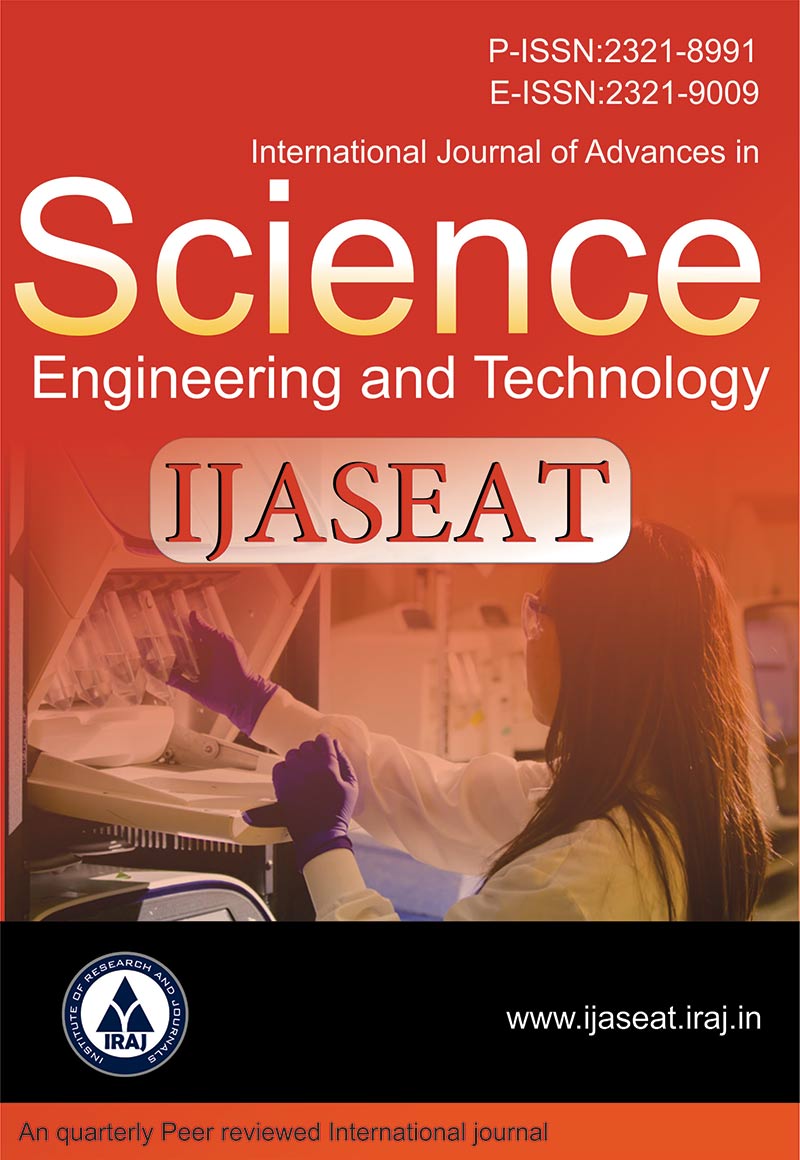Publish In |
International Journal of Advances in Science, Engineering and Technology(IJASEAT)-IJASEAT |
 Journal Home Volume Issue |
||||||||
Issue |
Volume-3, Issue-3 ( Jul, 2015 ) | |||||||||
Paper Title |
The Scattering Pattern Study Of Zinc Oxide Nanorod On Silica Glass Substrate For Protein Immobilization Platform | |||||||||
Author Name |
Thanit Apiwattanadej, Pornpimol Sritongkham, Waleed S. Mohammed | |||||||||
Affilition |
Biosensor laboratory, Department of Biomedical engineering The Faculty of Engineering, Mahidol University,Salaya, Nakhon Pathom 73170, Thailand, Center of Research in Optoelectronics, Communication and Control Systems, School of Engineering, Bangkok University, Pathum Thani 12120, Thailand | |||||||||
Pages |
80-83 | |||||||||
Abstract |
In this work, the light scatterings from Zinc oxide (ZnO) nanorods on silica glass substrate for protein immobilization are reported. ZnO nanorods were grown using hydrothermal process. The effects of the growth time and the effects of Dimercaptosuccinic acid (DMSA) concentration on the scattering pattern of ZnO nanorods were experimentally measured using a nephelometer. According to the results, the growth time increased the length of nanorod and reduced the number of nanorod per unit area. The optimum results for 12 hours growth was 6.35 nW (9.76 %RSD) for the scattering power and the scattering peak angle was 54.22 degree (0.03 %RSD). DMSA solution was used to functionalize carboxylic group on the ZnO surface. Hence, in the presence of 0.1 mM DMSA, the maximum scattering power of ZnO nanorods was reduced up to 1.5%. These outcomes were resulted from the dissolving of ZnO nanorod in acidic solution. ZnO nanorods on silica glass substrates demonstrated a potential to be conjugated with other proteins, which could be applied for biosensor fabrications. Index Terms- Light scattering, Optical biosensors, Hydrothermal process, Zinc oxide nanorod | |||||||||
| View Paper | ||||||||||